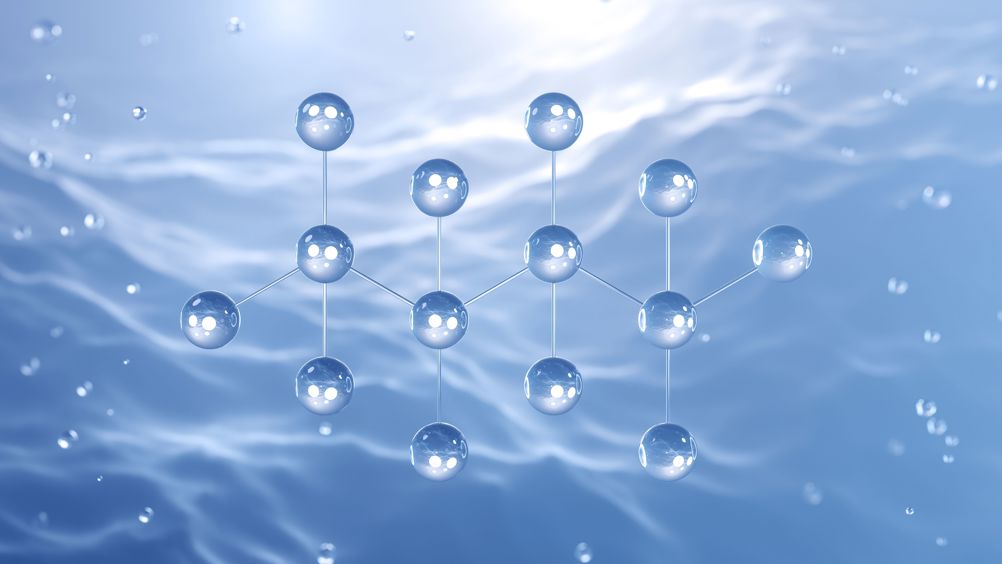Hailed as a significant breakthrough decades in the making, the research could help transform the global fluorochemicals market, which was estimated at $21.4m in 2018. Applications for fluorochemicals include everything from polymers and agrochemicals to pharmaceuticals and the lithium-ion batteries.
Traditionally fluorochemicals have been derived from HF, which is produced by reacting a crystalline mineral called fluorspar (CaF2) with sulfuric acid under harsh conditions. The Oxford-led team was inspired by the natural biomineralization process that forms teeth and bones, making fluorochemicals directly from CaF2 and bypassing the production of the toxic HF gas. The work is detailed in Science.
“The direct use of CaF2 for fluorination is a holy grail in the field, and a solution to this problem has been sought for decades,” said lead author Professor Véronique Gouverneur FRS, from Oxford’s Department of Chemistry, who conceived and led this study.
“The transition to sustainable methods for the manufacturing of chemicals, with reduced or no detrimental impact on the environment, is today a high-priority goal that can be accelerated with ambitious programs and a total re-think of current manufacturing processes. This study represents an important step in this direction because the method developed in Oxford has the potential to be implemented anywhere in academia and industry, minimise carbon emissions e.g. by shortening supply chains, and offer increased reliability in light of the fragility of global supply chains.”
In the novel method, solid-state CaF2 is activated by a biomineralization‑inspired process, which mimics the way that calcium phosphate minerals form biologically in teeth and bones. The team ground CaF2 with powdered potassium phosphate salt in a ball-mill machine for several hours, using a process that has evolved from the traditional way that spices are ground with a pestle and mortar.
The resulting powdered product, called Fluoromix, enabled the synthesis of over 50 different fluorochemicals directly from CaF2 , with up to 98 per cent yield. According to the researchers, the method has the potential to streamline the current fluorochemical supply chain and reduce energy requirements, lowering the carbon footprint of the industry.
“Mechanochemical activation of CaF2 with a phosphate salt was an exciting invention because this seemingly simple process represents a highly effective solution to a complex problem; however, big questions on how this reaction worked remained,” said co-lead author, Calum Patel, also from Oxford’s Department of Chemistry.
“Collaboration was key to answering these questions and advancing our understanding of this new, unexplored area of fluorine chemistry. Successful solutions to big challenges come from multidisciplinary approaches and expertise, I think the work really captures the importance of that.”
The Oxford chemists worked alongside colleagues at University College London, and Colorado State University to develop the technique, as well as Oxford spin-out FluoRok, created to commercialise the work.
The study Fluorochemicals from fluorspar via a phosphate-enabled mechanochemical process that bypasses HF can be read here: http://www.science.org/doi/10.1126/science.adi1557





Hard hat mounted air curtain adds layer of protection
Something similar was used by miners decades ago!